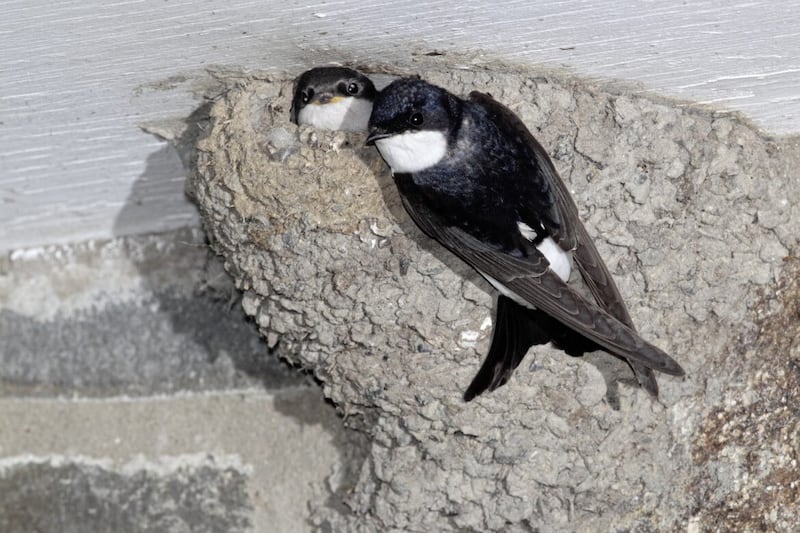STANDING on Spiddal pier two weeks ago, I looked out across Galway Bay towards the grey mounds of limestone which form the Burren, a lunar-like landscape full of mystery and charm.
From the Irish 'Boireann' – a 'rocky place' or 'large stone' – this complex environment continues to attract those with an interest in wildlife, geology, and history.
Many will be familiar with the infamous words about the Burren from one of Cromwell's soldiers during their shameful time (early 1650s) in Ireland. In The Burren of North Clare, from The Irish Monthly journal (Vol 54, 1926), Isabel McHugh wrote of the ruthless conqueror's son-in-law, General Ireton, describing it as a place "where there is not water enough to drown a man, wood enough to hang one, nor earth enough to bury him".
Despite its often barren and desolate appearance, the more enlightened know and appreciate the Burren's ancient story, formed over 300 million years ago from a mass of marine skeletal remains and muddy detritus lying below a warm tropical sea.

The passage of time and natural forces transformed this to rock and raised it above the sea, when much later, glacial ice sheets stripped and eroded overlying soil to expose the fresh Carboniferous limestone pavements we see today.
The last of these Ice Age periods ended approximately 12,000 years ago, leaving a magical landscape of stone and caves, where grikes and crevices allow water to drain away, yet shelter combinations of delicate plants and flowers.

Turning to leave, slender frames of common terns patrolled the sheltered waters, while large black backed gulls stood in stately pose on nearby rocks. My journey then took me further west along the Wild Atlantic Way with Oileáin Árann (the Aran Islands) visible, their plateaued limestone layers an extension of the Burren's formation.
Read more:
Take on Nature: A warm welcome awaits the magnificent birds of prey
Take on Nature: When darkness falls, do not fear the common pipistrelle
Further on, in the Gaeltacht region of Cois Fharraige, cormarants hugged the coastline towards Inveran, or Indreabhán – 'the place of inlets' – before I turned northwards past Rossaveel, weaving through open bog and inland loughs, towards the imposing mountain range of the Twelve Pins, 'Na Beanna Beola' in Irish, which translates as the peaks of 'Beola', an ancient chief of the Fir Bolg, early visitors to our shores.
Irish historian Roderick O'Flaherty wrote of the mountains as "the twelve high mountaines of Bennabeola, called by marriners the twelve stakes [stacks], being the first land, they discover as they come from the maine [sea]." (Ogygia, A Chronological Account of Irish Events, translated in 1793).

These quartzite peaks and ridges, kept company by the Maumturks to the east, dominate the landscape, scaling us down to specks in a vast wild expanse. Other small birds visible on rocky outcrops and boggy terrain included pipits, skylarks and the male wheatear, a striking summer visitor, with broad black eye stripe, beige throat and breast, content among our uplands.
Onwards to Clifden, by the Owenglin River, where a few hours were spent enjoying the town's cultural diversity and learning from information boards of its colourful history, and one of Daniel O Connell's, 'Monster meetings' there in 1843.
Returning to my base in Bearna, I stopped off at the grounds of Ballynahinch Castle Estate with its native woodland, lakes and rivers, where a stroll along the river furnished meetings with a patient heron, busy grey wagtail, secretive jay and a calling raven above.
That evening, pondering on the day's wayfaring, I summoned Tim Robinson's words from, Connemara, The Last Pool of Darkness (2008): "Connemara is both a certain tract of the Earth's surface and an accumulation of connotations: wild shores and tiny fields, famine and folksong, mountains, lakes, heathers and lichens."









